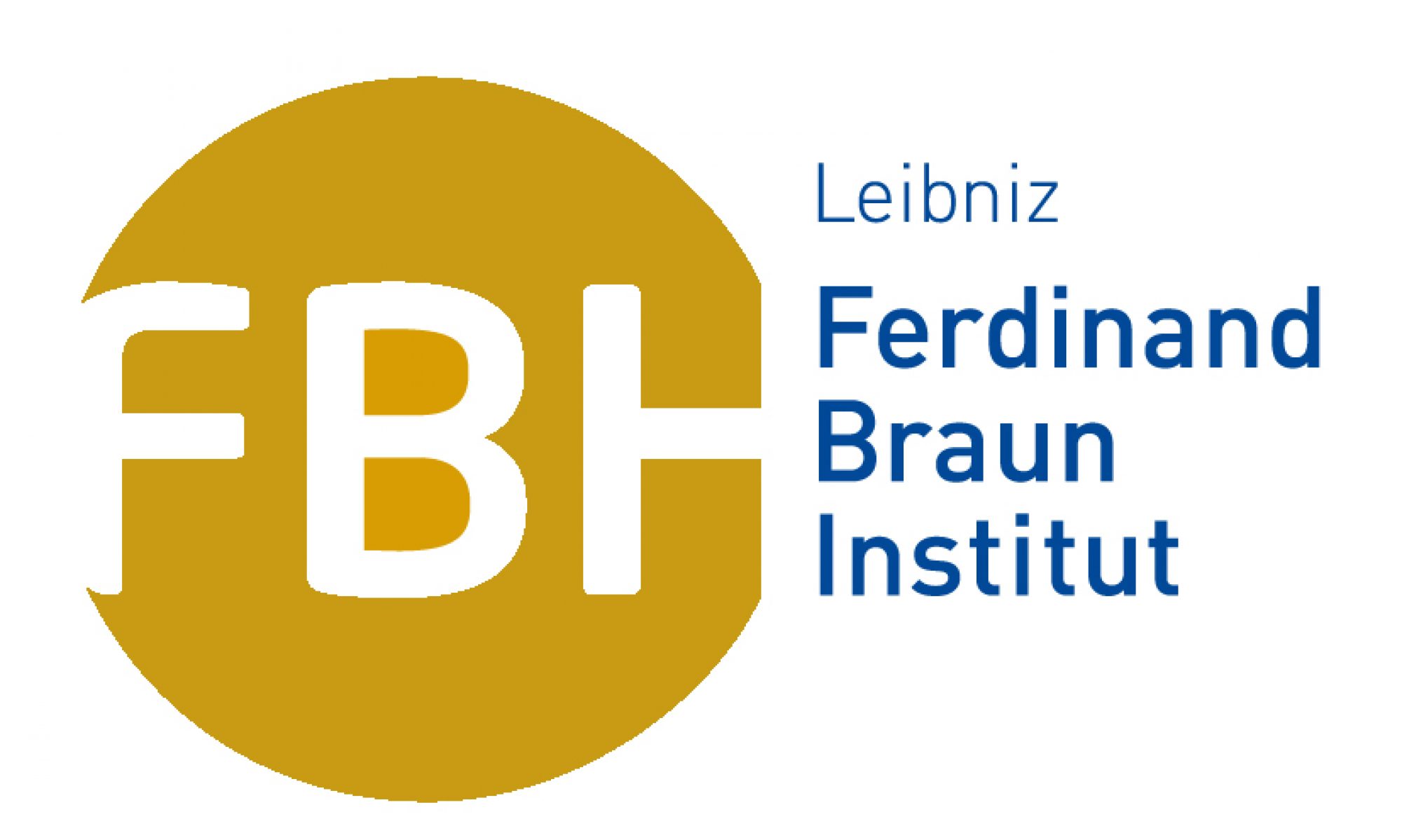Open positions
Advertising open positions for theses and Post-Doc positions
For positions at Ferdinand-Braun Institut, please visit: fbh-berlin.de/karriere
We welcome inquiries for Postdocs, Ph.D. students, and visiting scientists joining our team. Various positions may become available at any time. Interested candidates should contact us.
13.04.2025
Master's thesis
We are seeking a Master’s student to work on the theoretical modelling of quantum memories based on atomic ensembles.
Quantum memories are essential devices in quantum information science, enabling the reversible storage of quantum states of light. This project will start with fundamental concepts of light-matter interactions and will aim to analytically and numerically model experiments currently being conducted in our laboratories. The project will explore how memory performance changes under different conditions and/or predict various noise contributions, providing key insights into optimizing quantum memory systems.
The work will involve close collaboration with experimentalists, providing a well-rounded research experience. Please get in touch with us if you have a strong interest in atomic physics and/or quantum optics and are eager to contribute to cutting-edge quantum technology research.
For more details or to express an interest, please contact:
Martin Jutisz: martin.jutisz@physik.hu-berlin.de
31.05.2024
Master's thesis

05.01.2024
Master's thesis
We are actively seeking committed Master’s students with a keen interest in Quantum Optics and Quantum Metrology to join our dynamic research group.
At the intersection of cutting-edge research and practical applications, we focus on developing robust and compact technologies, including space-qualified apparatus and portable setups. Our core mission revolves around advancing time and frequency references. Specific positions are available for Master’s students eager to contribute to developing the next generation of active optical atomic clocks, poised to surpass the stability of current frequency standards.
For a detailed exploration of the available projects, we invite you to connect directly with Dr. Amir Mahdian: mahdian physik.hu-berlin.de.
physik.hu-berlin.de.
Your inquiries are not just welcomed; they are encouraged!
21.07.2023
Bachelor thesis / Master thesis / Studentische Hilfskraft (SHK) position
We are looking for highly motivated students to work in an ultra-cold atom experiment which acts as a test-bed for developing micro-integrated technologies and for quantum memories.
- Topic 1: Within our work focussed on machine learning based optimisation, you would develop python code for several cameras used to image optical potentials. This would include both developing control software compatible with our existing experimental control methods, and analysis of images captured. The project may be extended to include the integration of machine learning algorithms in control code.
- Topic 2: You would design, build, and optimise a Light-Induced Atomic Desorption (LIAD) system to increase atom numbers in our 2D magneto-optical trap. This will involve therotical research into the technique, mechanical and electrical design of the system, and experimental implementation in an existing cold atom experiment.
For more details or to express an interest, please contact Dr. Elisa Da Ros: elisa.da.ros physik.hu-berlin.de
physik.hu-berlin.de
19.04.2022
Berlin School of Optical Sciences & Quantum Technologies (BOS.QT)
BOS.QT is a joint Graduate School of the Physics Departments of Humboldt-Universität zu Berlin, the Technische Universität Berlin and Freie Universität Berlin in partnership with renowned Berlin research institutes of the Leibniz Association, the German Aerospace Center (DLR), the Max-Born-Institute, the Fraunhofer such as the Max-Planck-Society and offers a wide range of academic training and an excellent research environment for acquiring a doctoral degree in natural sciences (Dr. rer. nat.) at one of the participating universities.
For the summer term 2022 the following positions are open:
- Compact Optical Clocks and Atomic Sensors
Humboldt Universität zu Berlin and Ferdinand-Braun-Institute gGmbH
Contact: Dr. Markus Krutzik (markus.krutzik physik.hu-berlin.de)
physik.hu-berlin.de)
Fur further information on the job description see: https://blogs.tu-berlin.de/ioap_bosqt/jobs
Successful applicants can also apply for a membership to BOS.QT.
